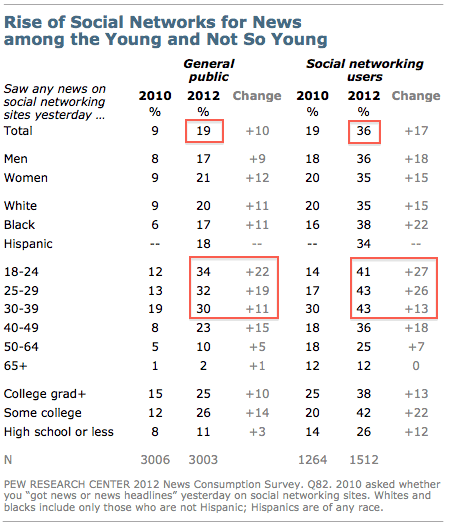Priming as a public relations concept has been around since the dawn of the profession, perhaps even before we could define and understand it. Before social media—even before the Internet—priming had a profound effect on people and their decisions. With the advent of the Internet and social media, the power of priming has only intensified and become significantly more important to brands.
Social psychological research tells us people don’t pay attention to everything. If we did, we would be overwhelmed. Our decision-making would shut down, because attention is highly selective and our impressions tend to focus on a few central themes. Not surprisingly, media usually influences these themes.
As media focuses our attention, it affects our judgment, too. When faced with making decisions about information we receive from media we consume, we prefer to take shortcuts rather than overload ourselves. One of the most important elements we consider is access. How accessible is information? Research tells us people solve the majority of their problems (including purchasing decisions) with information that immediately comes to mind. The easier it is to access information, the more likely we are to use it.
In the past, researchers have shown television news improved the effect of priming because the medium focused us on certain aspects of news while making it extremely accessible. At a flip of a switch, we can see and hear an anchor tell and show us about the latest in our community and world. The Internet and social media intensify this phenomenon because they’re more accessible than television, radio, newspapers and magazines – and easier to consume. 
A Pew study found one-third of adults consume news through social media. For The Poynter Institute, Jeff Sonderman reports that 33 percent of the young adults Pew interviewed consumed their news through social networks, “while 34 percent watched TV news and just 13 percent read print or digital newspaper content.”
And the data supports a similar trend in mobile. Nearly 20 percent of Americans get their news from mobile devices, such as iPads and iPhones. The Pew report breaks that down even further. Over 30 percent of people consume news through smartphones.
But what about sharing?
A study commissioned by The New York Times found five reasons why people share news. The overarching conclusion from this study is that “content sharing is about relationships.” Brian Brett, the Times’ managing director of customer research, says “getting shared is about providing content that serves consumers’ relationships with one another.”
We also know relationships not only drive content, but a friend’s recommendation is more powerful in decision-making than some random piece of content. In other words, relationships are the catalyst that amplifies the priming effect in social media. We can also bet that these relationships help people focus on certain information, to the exclusion of other information –supporting the priming effect.
Remember: we make decisions based on what media presents. That is to say, consumers make inferences about your brand when information is at their fingertips or in front of their nose. Data certainly suggests many Americans are using social media to consume news and, if your brand is in the news, it’s likely your customers are sharing news about your brand.
If that information is pointing to a relevant content asset, sharing it will prime people to take action. People trust people they know, and when someone they trust shares content, because it’s easy to remember. We rely on the most accessible information to make decisions, and social sharing brings that information front and center.
Kevin Bailey, co-founder of DigitalRelevance, reminds us that when trusted outlets report on or link to relevant content assets, that drives your brand’s ranking in search, which further amplifies the priming affect, and is fully measurable. One such example is Häagen-Dazs’ “Save the Honey Bee” campaign. For AdAge, Michael Bush reports, “The campaign generated 125 million PR impressions, the goal for the entire year, just one week after its launch. Other results included an increase in unaided brand awareness from 29 percent to 36 percent.”
The priming effect isn’t new, but digital PR is amplifying its impact on the perceptions of people viewing your brand. From tweets to Facebook updates, to organic search, to legitimate mentions in traditional media, the more accessible your brand is to consumers, the easier it is for them to make decisions about using your product or service. Aligning your business strategy around relevant content assets that media links to and people share drives whether your brand is top of mind in consumers.
Image credit: Pew Research Center's Project for Excellence in Journalism